Environmental Science
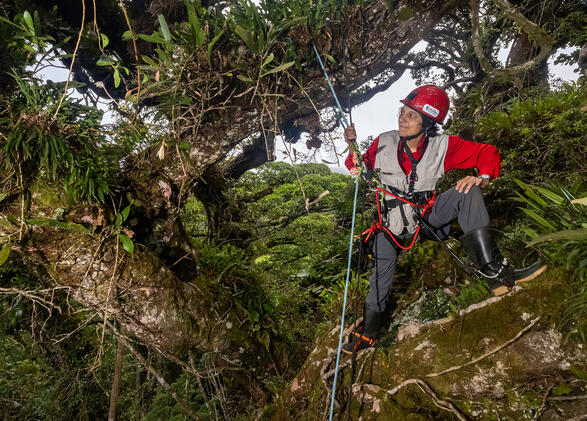
Discovering the Hidden World of the Treetops with National Geographic Explorer Nalini Nadkarni
On Thursday, February 27, the Field Arts and Events Hall in Port Angeles, WA became a gateway to the hidden worlds of forests. Hosted by National Geographic Live, From Roots to Canopy brought together science, storytelling, and inspiration, featuring renowned tree canopy ecologist and National Geographic Explorer Nalini Nadkarni.
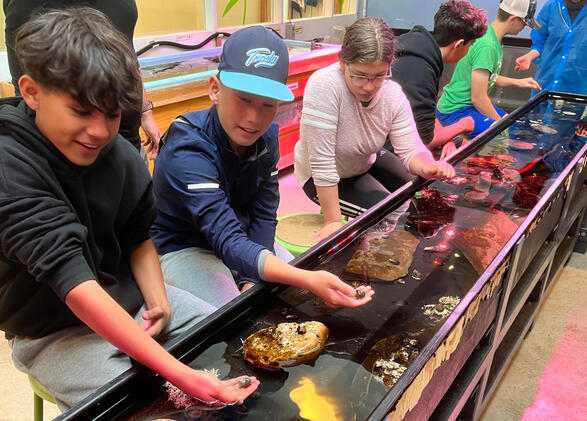
Lab Spaces Bring Learning to Life at NatureBridge Golden Gate
At NatureBridge Golden Gate, our lab spaces are more than just classrooms—they are dynamic hubs of discovery, creativity, and collaboration. Representing years of effort, innovation, and community support, the labs at Golden Gate offer transformative opportunities to explore science and the environment in a hands-on way to thousands of students every year.
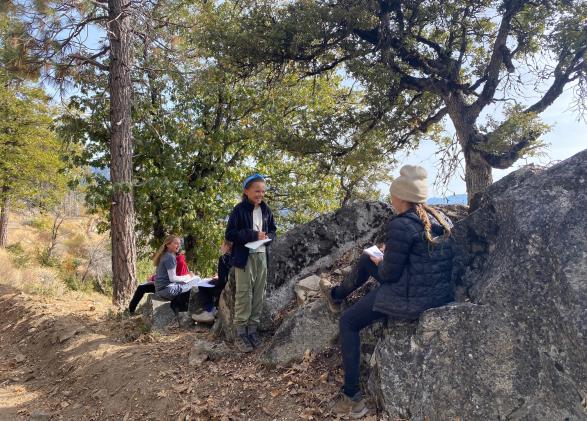
Fall Reflections from NatureBridge Yosemite
As an environmental science educator, I spend a lot of time teaching about nature, but this season I’ve been finding that as it turns out, nature has a lot to teach us, too. Sometimes I can let the trees, the meadow, and the lichen teach for me. They show us how to respect each other’s boundaries, how to celebrate differences, how to work together, and how to lean on each other’s strengths in order to exist in a new place. These lessons felt incredibly relevant to me heading into the first week of November, a notoriously busy time at NatureBridge Yosemite. I wanted to focus on messages of kindness and inclusivity with my students, I wanted them to feel a sense of belonging in this new space, and I also hoped that they would share those messages with others.
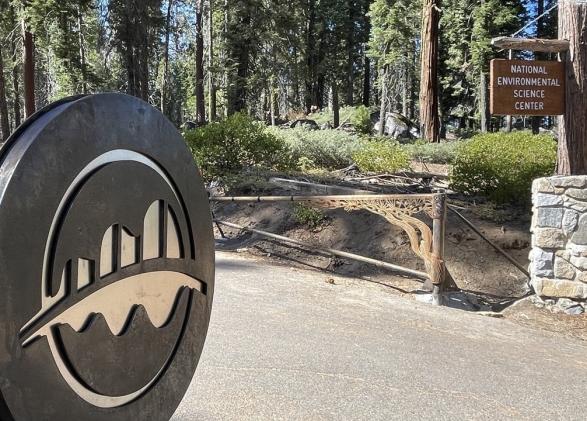
First Student Groups Stay at the National Environmental Science Center
On a chilly autumn afternoon, NatureBridge's National Environmental Science Center (NESC) in Yosemite National Park welcomed its very first school groups, marking a pivotal moment for NatureBridge. This state-of-the-art facility has been over 10 years in the making, and we are thrilled to announce that students are now officially on campus, laughing, learning, and engaging with all of the opportunities for immersive learning at the NESC.
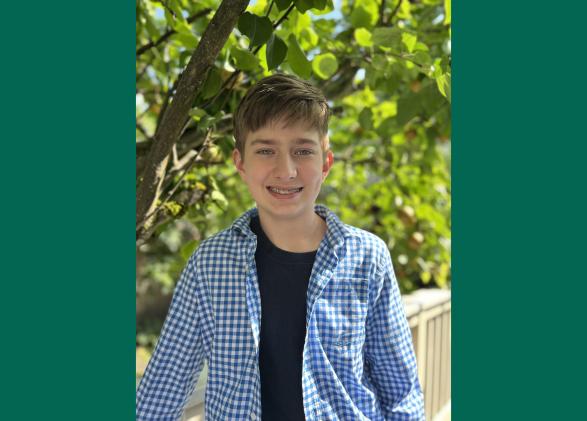
2024 Olympic Student of the Year: Ames Black O'Neal
We are thrilled to announce our 2024 Olympic Student of the Year: eighth grader Ames Black O'Neal.
Ames participated in a NatureBridge program with his seventh grade class from Portland, OR at our Olympic campus in spring 2024. As a self-described "nature nut," Ames was surprised by how much he learned at NatureBridge and how meaningful he found the hands-on, immersive experience to be. As he later reflected, "Learning is so much more impactful when you are surrounded by the subject matter."
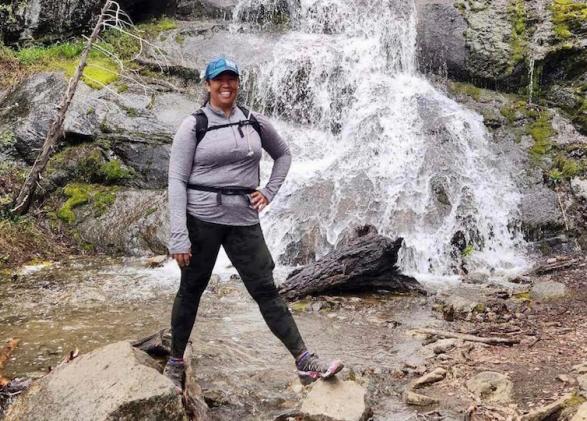
From City Girl to Outdoor Advocate: Alma McKenry’s NatureBridge Journey
In April 1985, a group of seventh graders from Vallejo Junior High School embarked on an unforgettable educational trip to NatureBridge Yosemite, then known as the Yosemite Institute. As part of the school’s Gifted and Talented Education (GATE) program, these students experienced outdoor science education, thanks to several dedicated teachers who believed in the value of connecting students with nature. For Alma McKenry, a city kid from Vallejo, CA, the trip to Yosemite felt like stepping into the great unknown.
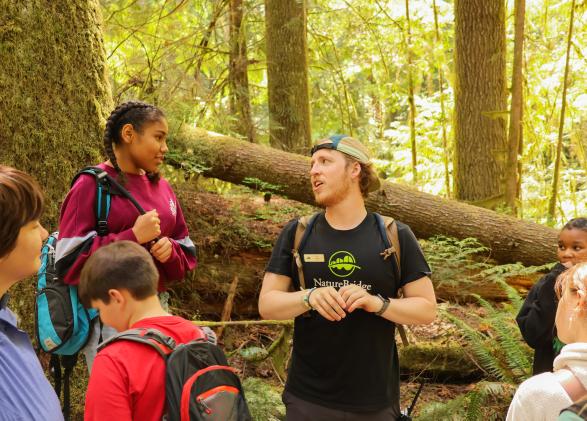
Five Ways Outdoor School Programs Transform Learning: A Back-to-School Guide for Teachers
Outdoor environmental education programs like NatureBridge offer a unique and transformative approach to engaging students. A recent study by the Stanford University and the North American Association for Environmental Education shows that overnight outdoor school can have profound impacts on students by improving their academic and emotional development. Here are five ways outdoor school programs can advance your students’ learning this school year.
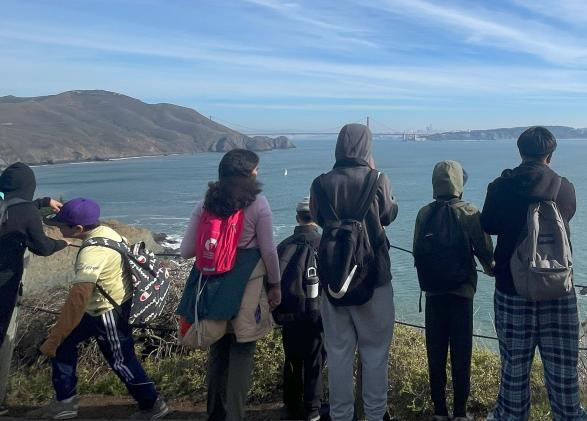
NatureBridge: A Kid's Point of View
Ever since I heard about the amazing experience known as NatureBridge from my sibling, I dreamed about the day it would finally be my turn. After watching them go off and seeing how much fun they had I’ve been even more ecstatic. Finally I was old enough and my dream was coming true.
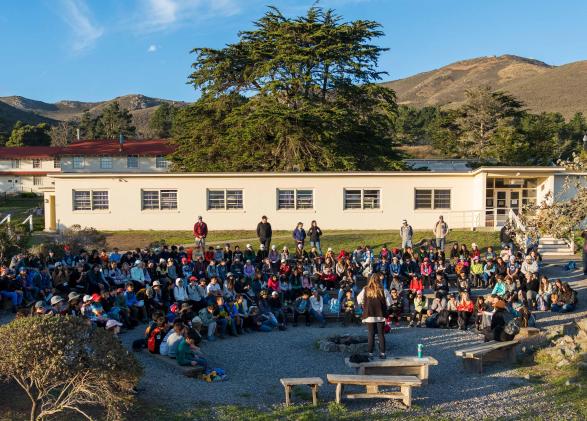
Teacher Spotlight: Stephen Sugay
Sixth grade teacher Stephen Sugay knows student success requires going beyond typical coursework to include personal development and interpersonal connections. “We try to foster community building and couple that with actual learning in other subject areas,” he says. “NatureBridge helps us achieve those things.”